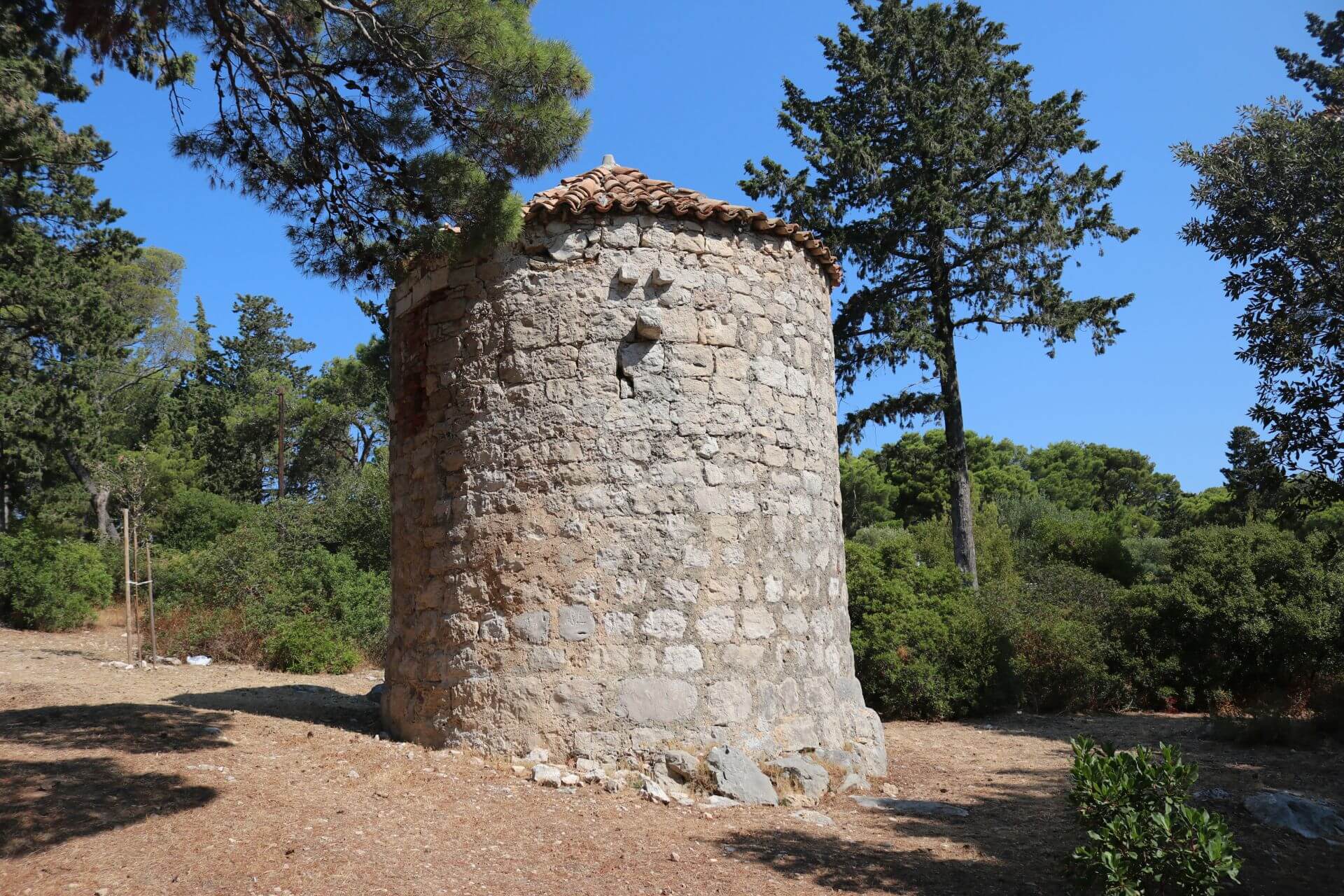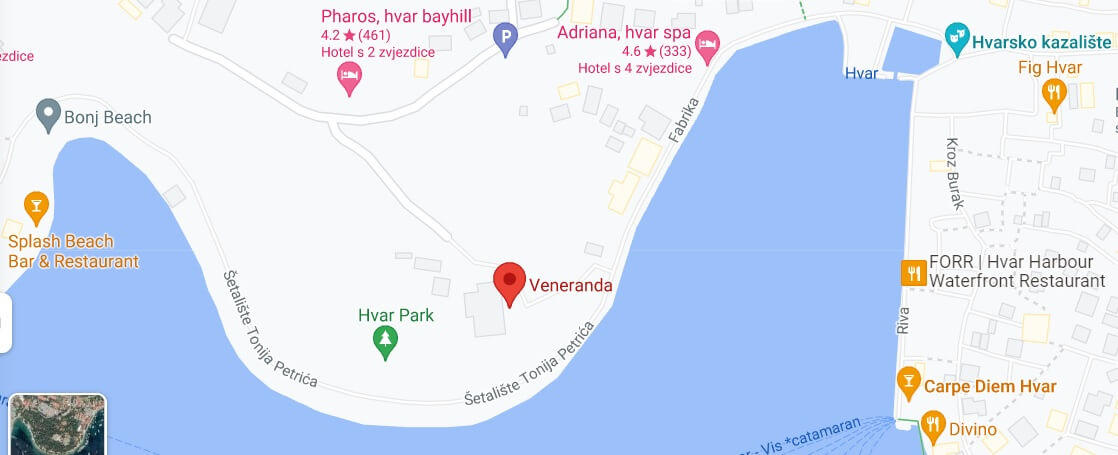METMONIC Project: Updating Croatia Weather Tracking System
August 28, 2021 - The METMONIC Project aims to update and make the Croatian weather measuring network more efficient by 2023, providing many benefits for the country.
With the Croatian economy relying heavily on tourism and given that sunny days on the coast outshine the cultural and heritage offer of the country, meteorology, the science of predicting the weather, is vital during tourist season. But it is also vital for traffic, agriculture, and many more, so good weather measuring infrastructure is always a good investment.
In that light, the "Modernisation of the National Weather Observation Network in Croatia", also known as METMONIC, is a valuable project.
As explained by the Croatian Meteorological and Hydrological Service (DHMZ), METMONIC has a goal of establishing a modern and high-quality system of automatic surface meteorological stations, meteorological-oceanographic buoys, and remote measurement systems, including meteorological radars.
„In total, 450 modern automatic meteorological systems will provide traceable, reliable, high quality, and timely information on the state of the atmosphere and the sea throughout the territory of the Republic of Croatia. This will allow continuous monitoring of weather, climate, and climate change and will improve early-warnings of hazardous weather in order to support adaptation systems to climate change and natural disasters, thus providing direct support to sustainable development, increasing security, and preserving human lives and goods“, says DHMZ.
They add that upon reviewing the current meteorological network, they have recognized a need to increase the availability of measured climate variables and the analyses of climate conditions for „the needs of different economic branches and public activities“. Croatian national documents, such as the Strategic Plan of the Ministry of Environment and Energy from 2017 - 2019 (MZOE, 2016), Sixth National Communication, and First Biennial Report of the Republic of Croatia under the United Nations Framework Convention on Climate Change (UNFCCC) (NN 18/2014), as well as the Law on National Spatial Data Infrastructure (NN 56/13), also recognized the issues that METMONIC can fix.
Development of human, technical, and scientific capacities, improvement of early warnings to severe weather and natural disasters, developing products tailored to users' needs to achieve sustainable development, and increased international exchange of information are the end-product of the project.
„Current and archived data will be publicly available on the DHMZ website and will serve research institutions, non-governmental organizations, and interested users, especially in the research related to climate change and its impact on vulnerable sectors“, promises DHMZ.
METMONIC started in October 2017, and it is predicted to be completed by June 30, 2023. The project's total estimated value is €45.251.908,75 and is led by Stjepan Ivatek-Šahdan and his deputy, Vesna Đuričić.
From the first weather station in Hvar to the current network of warning systems, forecast models, and laboratories, the METMONIC will hopefully bring further development to the respected, exciting, and challenging scientific field of meteorology.
Learn more about Croatian inventions & discoveries: from Tesla to Rimac on our TC page.
For more about science in Croatia, follow TCN's dedicated page.
Grgur Bučić: The Croatian Scientist Who Measured Hvar's Sunshine Hours
August 13, 2021 - You came to Hvar expecting sunny days and you weren't conned. Meet and thank Croatian scientist Grgur Bučić who started the weather station on Hvar, one of the first in Croatia, which measured how sunny Hvar really is.
There's nothing worse than when a traveller on a short holiday on the Croatian coast ends up stuck in their hotel room because of bad weather. Unless you want to risk bad weather sabotaging your Adriatic swimming experience, and maybe if you're lucky to get rescued by indoor pools, you should definitely play it safe and go to Hvar. Known for years as the sunniest Croatian island, there couldn't be a safer place to count on a rain-free holiday.
During my time in Hvar town, the forecast showed rain and uncertain weather on the coast, but even the couple of clouds that formed over Hvar quickly dispersed and probably headed over to the mainland, to Split or elsewhere.
In addition to swimming in the Adriatic, Hvar has plenty of heritage and things to see, like the Spanish Fortress (Tvrđava Španjola), lots of churches (such as St. Stephen’s Cathedral), its historical theatre (the oldest municipal theatre in all of Europe, by the way), an archaeological collection in the former Dominican St. Mark’s Church, and the Natural History Cabinet in the Hanibal Lucić Summer Residence – to name a few. In fact, Hvar boasts more UNESCO heritage than any other island in the world.
One of the other interesting sites is also the Former Church and Monastery of St. Veneranda. As Hvar heritage writes, the church was built in 1561 for the needs of Greek Orthodox sailors who were in the service of Venice. Today, the site serves as an outdoor cinema.

The former church tower, the former weather station © Nina Lelas
Right next to it, back in 1858, famous Croatian nature scientist Grgur Bučić established a weather station, one of the first in the entire country. Being part of the Austro-Hungarian monarchy at the time, the station was part of the Austrian network of meteorological stations. Thanks to the measures taken under Bučić's expertise, the sunny days of Hvar are not a market scheme to attract tourists in need of clear sunny weather, but an actually very well-advertised scientific fact. In addition, for his experiments with sponge development, Bučić received global recognition, and seven species of sponges, crabs, and fish were named after him. He published articles regarding meteorology and oceanography and also studied insects and marine life. He also pioneered numerous archaeological digs across Croatia, including on Hvar.
Back in 2018, as TCN wrote, the station marked 160 years of existence. Organised by the Hvar Town Library and State Meteorological and Hydrological Service, this celebratory event revealed some interesting historical moments from and about the station. These include polar lights, storms, falling meteors, earthquakes, vineyards destroyed by hail, sunken ships, and epidemics. In 1884, based on data from Bučić himself, climatologist Julius von Hann (often looked upon as the father of modern meteorology) published his work ''Klima von Lesina'' (The climate of Hvar town), the first-ever such book on a Croatian town or area.

Grgur Bučić © MuzejHvar.com
Today, the Bučić tower is locked, and the path to the church now serves as an outdoor cinema, without that many interesting things to be seen. Could the tower be renovated and showcase the instruments this pioneer station used in the past? Perhaps, and it would certainly be a cool addition to the already extensive offer Hvar has for its visitors.

Veneranda, location of the station, screenshot / Google maps
While waiting to see what the future may bring, it's worth taking a look at this station, not far from the waterfront and the nearby beaches. Express some gratitude and dedicate a refreshing swim to Bučić himself, a brilliant man whose findings gave us scientific, statistical reassurance that Hvar is the sunniest place in all of Croatia.
Learn more about Hvar on our TC page.
For more about Croatian history, follow TCN's dedicated page.
160 Years of the Meteorological Station on Hvar
The Hvar Meteorology Evening marking the anniversary took place in the beginning of February, organised by the Hvar Town Library and State Meteorological and Hydrological Service


